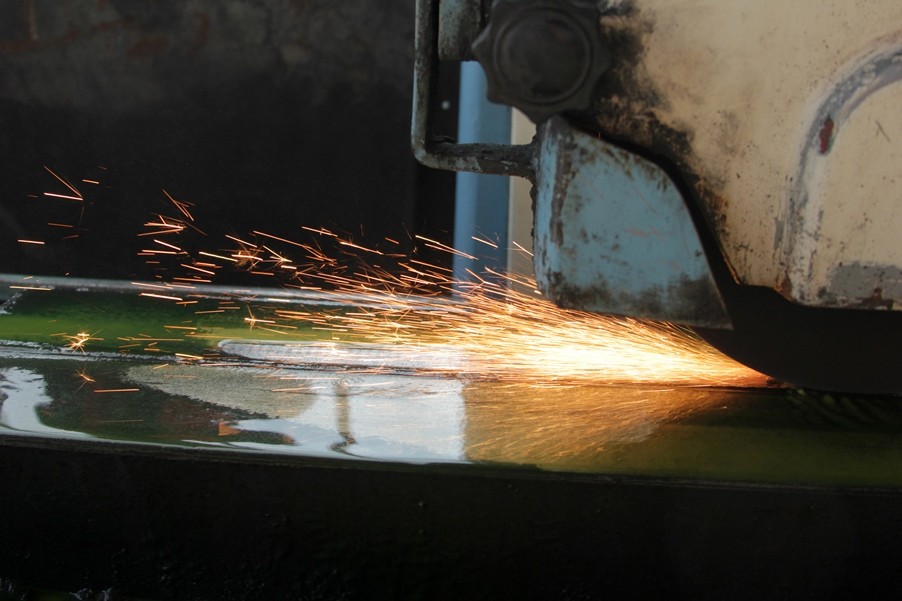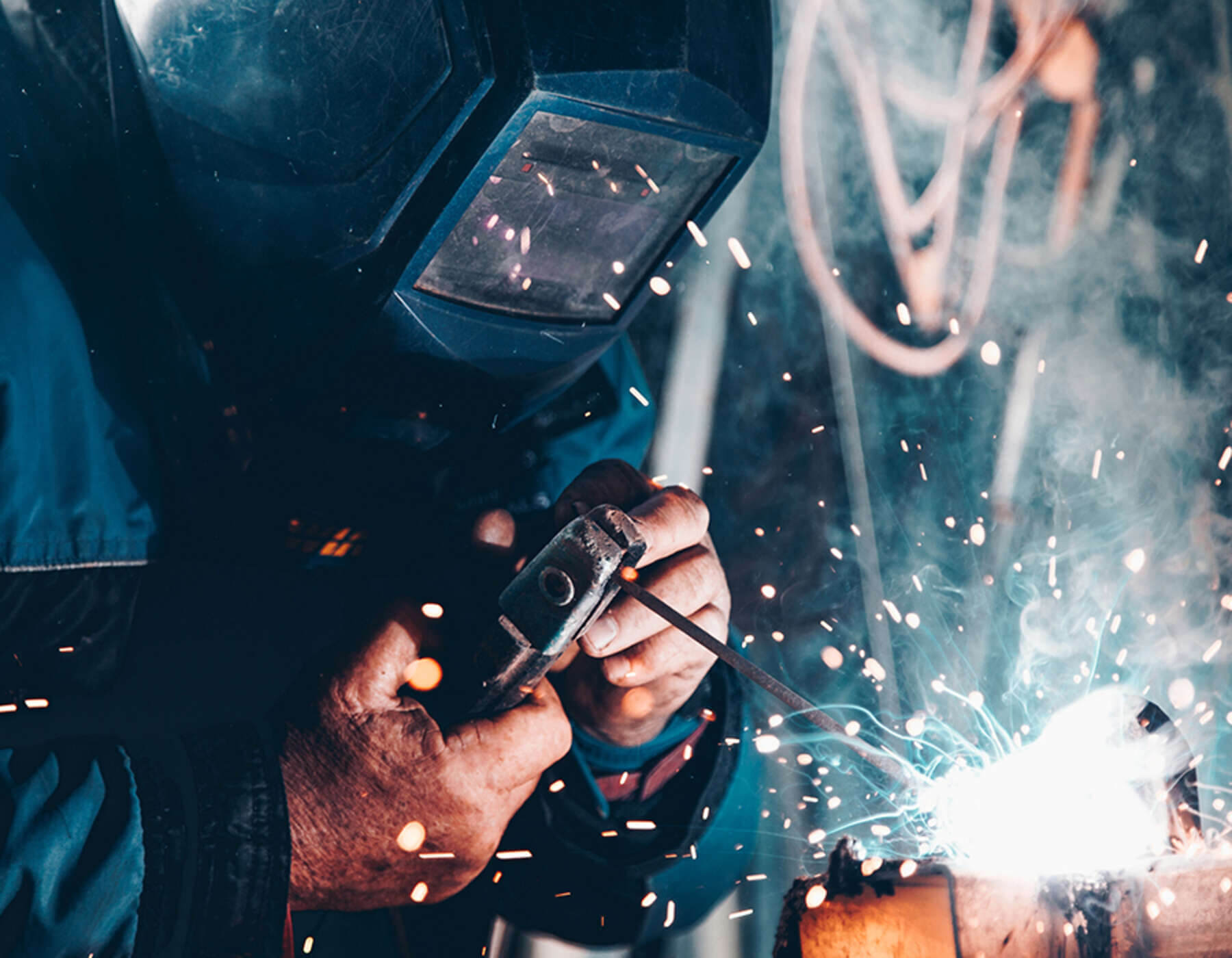
Linishing is not a common term outside of metal production. However, it is an essential area of metal finishing that ensures the smoothing, refining, and polishing of the sheet metal you’re working on.
As sheet metal works its way through the fabrication process, it’s important to bear in mind the final project requirements and specifications and how each stage of the fabrication process should work to achieve these and to a high standard.
At Morfabriaction, linishing is a large part of our sheet metal fabrication works, as we carry out this process to improve the quality, accuracy, and durability of the sheet metal and the overall project.
Linishing explained
Also known as grinding or polishing, linishing is most often used after welding has taken place to help smooth out the metal surface.
It is a specific type of finishing that forms part of sheet metal fabrication that uses abrasive belts to remove any scratches or burrs from the sheet metal, leaving a consistent, uniform surface that is of high quality.
The process of linishing can be manual or carried out by a machine and will depend on the finish the metal requires as well as the actual properties of the metal.
Linishing can be carried out on mild steel, aluminium, and stainless steel.
How does linishing work?
Linishing works by using an abrasive belt, such as sandpaper or emery cloth, to polish and remove imperfections from the surface of the sheet metal.
Different abrasive compounds are used depending on how much material has to be removed from the sheet, i.e., how much work has to be done.
It’s important to choose the most suitable abrasive compound to achieve high levels of precision. You will also need to consider the type of material you are working with and the level of imperfections on the sheet. Carefully planning to avoid causing more damage, uneven results, or further surface irregularities.
The fabricator will clamp the sheet metal in place to ensure every part of the sheet metal’s surface can be accessed, and clamping in place will also prevent further movement and vibrations.
Working with a professional fabricator, they will be able to adjust the tension, speed, and pressure as required, working their way across the sheet metal, smoothing out any irregularities, removing burrs, and refining the texture of the metal, applying consistent and even pressure.
The linishing process will continue until the perfect finish is achieved.
At the end of the process, the final product must be inspected to ensure it meets all requirements.
Linishing in metalworks
There are numerous benefits to linishing, which include:
Removing contaminants like rust, dirt, oil, etc, to ensure a clean, bare surface. By smoothing out the imperfections on the sheet metal, you’re also reducing the risk of coating defects, which in turn helps to improve the material’s overall appearance. In some instances, linishing can also help remove oxide layers, leaving you with a fresh, clean surface.
Refining and improving the surface of the metal – linishing helps to remove imperfections and spatter on the sheet metal, removing excess weld material and scratches, burrs, and blemishes. It does this by working the abrasive tool consistently across the metal’s surface to remove rough spots and edges and instead create a uniform and polished finish.
Offering versatility – this versatile process helps to increase accuracy, especially important if you or your project requires precision measurements and tight tolerances (which can be essential in manufacturing and engineering sectors).
Improving durability – the linishing process is often used to help remove and highlight weak spots on the sheet metal, making it more resistant to wear and tear and allowing repairs and modifications to be carried out as soon as possible. Linishing can also reduce stress concentration often caused by welding as it seamlessly blends the transition between the base metal and the weld.
Improving productivity – linishing is one of the sheet metal services that can be automated if required, helping to reduce time and resources while supporting increased productivity.
Enhancing quality and improving aesthetics – removing surface imperfections and improving accuracy allows us to create consistently high-quality sheet metal fabrication outcomes, enhancing the overall look of the sheet metal. Providing a clean and professional finish, linishing can be a vital fabrication process to carry out when aesthetics matter.
Making powder coating easier – when all irregularities and contaminants are removed from the sheet metal powder coating becomes a much easier process as the surface is smooth so adhesion to the metal is improved, offering better performance and longevity.
Sheet metal fabrication near me
Linishing is a very precise metal fabrication process that requires an experienced fabrication team.
At Morfabrication, we believe linishing in metalworks is a crucial step to ensuring high-quality metalwork products and parts.
We offer various finishes for sheet metal, including powder coating, blasting, polishing, and, of course, linishing. Providing all of our customers throughout the Northeast and UK with safe, efficient, and high-quality finishing solutions.
If you’re looking for a professional and experienced fabrication team for your next sheet metal project, contact Morfab today at 0191 816 2718 or drop us an email info@morfabrication.com.
